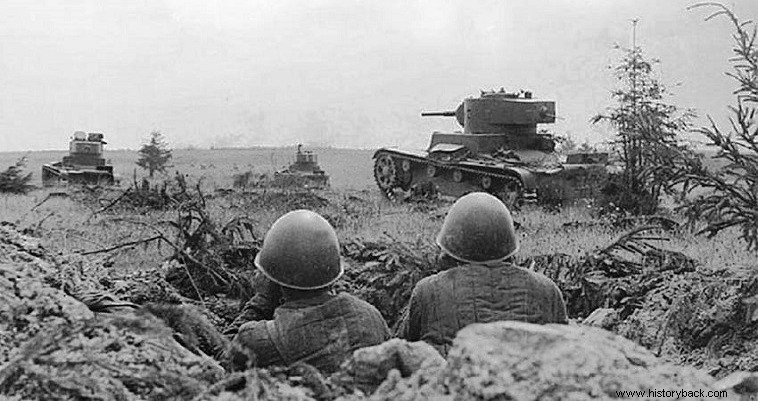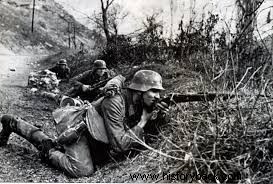
Gelnia is a small town 82 km southeast of Smolensk. Its neighboring heights were considered of strategic importance and for this reason the German invaders of the USSR struggled to capture them. On July 19, 1941 the forces of the 2nd Panster Group (equivalent army formation) of General Heinz Guderian managed to capture them as well as the city.
But the rapid advance came at a cost. Gunderian's forces were almost out of fuel and ammunition. At the same time, the enclave created by the Germans was vulnerable on both sides.
This is precisely what the Soviet administration intended to take advantage of by forming a new Front (formation corresponding to the Army Group - OS), the Reserve, under the then General Georgi Zhukov. The Reserve Front (EM) had a total of six armies of which Lt. Gen. Rakutin's 24th (8 Rifle Divisions, a Militia Division, 2 Armored Divisions) and Lt. Gen. Kuroshkin's 43rd (9 MT, 2 TTHM) would attack against of the Germans with the aim of eliminating the Gelnia enclave.
On the German side, about 70,000 Germans were deployed in the enclave. The northern end of the enclave was guarded by the 15th Infantry Division (IP) and the southern by the 7th Infantry Division.
Attack and propaganda
The Soviets attacked at the end of the first week of August, but failed miserably with casualties. Thus the attack was stopped on August 20 to be better organized. It was repeated on August 30 in conjunction with the forces of Tymoshenko (Western Front) and Geremenko (Bryansk Front).
At the two ends of the enclave the Soviets dropped one armored and two motorized divisions as well as six MT. Their goal was, after the German front was broken, to encircle the German forces inside the enclave and destroy them.
Although they succeeded, with heavy losses, in breaking the German position, they failed to encircle the German forces as the commander of the "Center" OS, General von Bock, secured Hitler's permission to retreat . The Germans retreated with relative order, in most cases, inflicting heavy casualties on their opponents.
On September 6, the Soviets recaptured Gelnia and continued to attack until September 8, but made no significant progress. Despite Soviet claims of destroying the German forces in the enclave, in reality this was not achieved. However, the Soviets inflicted 23,000 casualties on the Germans, compared to 32,000 of their own.
In any case, the attack on Gelna was the first successful Soviet attack after the disastrous defeats of the first phase of Operation Barbarossa. And the battle also developed into a propaganda battle between the two adversaries. The Germans claimed that "it was a planned retreat", misleading German public opinion.
“Officially it was a planned retreat. Disgusting... The next day we heard on the radio about the successful correction of the front in Gelnia and the terrible losses we inflicted on the enemy. Not a word about the retreat... It was again a matter of "victory", but in the first we ran like hares being chased by a fox...", said a German soldier.
On the other hand, Soviet propaganda characterized the attack as a great success, even allowing, for the first time, access to the battlefield to a British journalist. Another result of the battle was the honorary designation, for the first time, of various divisions as "Guards Division".

German soldiers fighting on the Southern Front.
